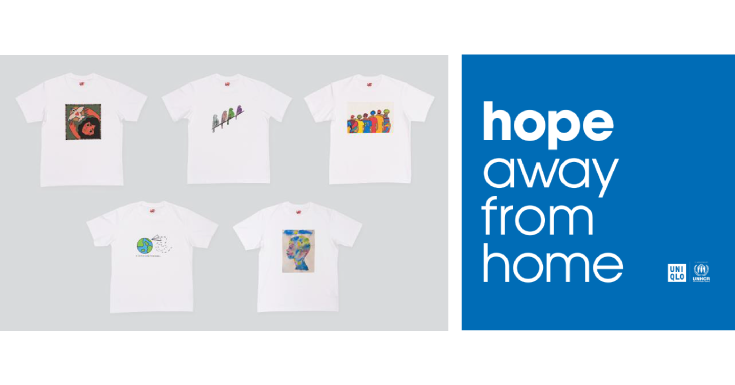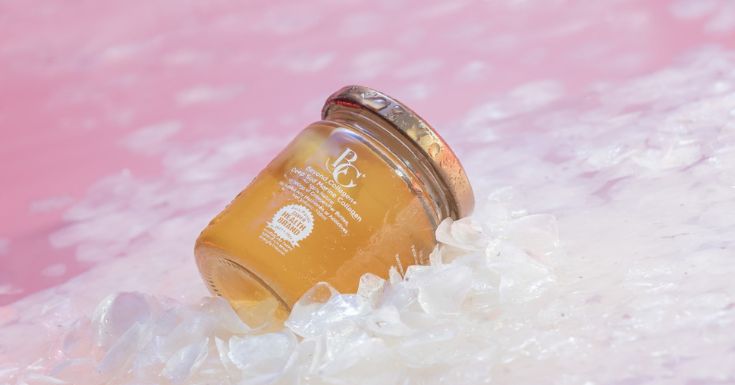Breastfeeding Tips for New Mothers
While breastfeeding is the most natural way to feed your baby, it may not always come naturally for some mothers. Learn how to breastfeed the right way and get your breastfeeding relationship to a good start.
Breastfeeding is one the best ways to ensure a healthy start for you and your baby. Breast milk not only offers the right balance of nutrients for your baby, it also provides an important source of antibodies to protect your baby against diseases during the first year. Breastfeeding is generally a natural process, but many new moms may find breast-feeding a bit of challenge – especially when they can’t seem to feed their baby right or nipple issues arise. Read on to get the basic know-how on breastfeeding.
Table of Contents
Learn about breastfeeding
Before your baby arrives, it would do you well to learn more about breastfeeding. Most hospitals and birth centres offer breastfeeding classes free of charge to pregnant moms. Make sure to take advantage of this opportunity where you can learn about correct latch, positioning and other breastfeeding tips.
After your baby arrives, you can also consider getting a certified lactation consultant to help you out with breastfeeding. Your lactation consultant can help you to guide your baby properly onto the nipple, adjust your latch, achieve proper positioning and problem-solve any challenges that may arise. All of these are very important to the development of a successful breastfeeding relationship.
Let your baby guide you
- As much as you guide your baby during breastfeeding, you should also let your baby set the pace while breastfeeding. Watch your baby instead of the clock.
- Look for early signs of hunger, such as stirring, restlessness, sucking motions and lip movements.
Get the right latch
The right latch is the key to successful (and comfortable) breastfeeding. If you don’t have the right latch, you may end up with really sore and perhaps damaged nipples. To get the right latch, make sure you get the lower part of the breast and areola into your baby’s mouth.
Experiment with different breastfeeding positions
Other than getting the right latch, your breastfeeding position also contributes to breastfeeding success. There are many breastfeeding positions; find one that is most comfortable for you and your baby.
Laid-back:
Sit on a bed or couch and lean back. If needed, use extra pillows for support. Many women find this position very comfortable in the weeks following birth. Lie your baby face down on your chest in any position you find comfortable. Put your baby close to your breast and allow baby to latch on her own.
Lying down:
This is also another comfortable position for the first week or two after birth. Lie on your side (pillows at your back provide support), hold your baby with your lower arm to keep her from rolling, and feed from your breast that is closer to the bed. Bring your baby’s bottom towards your body for the best position.
Sitting up:
Choose a comfortable armchair, put a pillow in your lap to lift your baby up, and support her neck and shoulders with your hand. Her belly will be against your lower chest. Tuck her bottom close to you. Rest your feet on a footstool or low table to be more comfortable.
The clutch hold:
This position is recommended for mothers with larger breasts, or those who have had a Caesarean delivery. Place your baby’s bottom near to your elbow, have her back resting on your arm and her head in your hand. Remember to support your newborn well up on your breast, not hanging down from it.
DID YOU KNOW?
The clutch hold position is effective during those rare occasions when your baby refuses to take a particular breast – the clutch hold can fool her into thinking this is the favoured breast.
Easing the let down reflex
The ‘let down reflex’ is what helps your baby receive milk from your breast. Usually your baby’s sucking stimulates muscles around the alveoli (the milk-producing cells) to contract. For many women, this will feel like a tingling, or “pins and needles” feeling in their breasts. Some women let down or leak milk at the very sight or thought of their baby. Let down occurs in both breasts at the same time, so while nursing on one breast, you may leak from the other. Pressing the palm of your hand or forearm against your nipple will stop milk from leaking. You will know you have let down your milk when your baby begins to suck and swallow more slowly.
Burp baby
After feeding, bring your baby to an upright position to prevent swallowed air from coming up to the top of his stomach which may cause him to be very uncomfortable. Hold him on your shoulder or sit him on your lap. Gently stroke his back in an upward motion. If he does not burp within a minute he may not have a bubble and you can stop burping him.
Alternate the breast you start with
Babies usually suck the hardest on the first breast, when they are the hungriest. As your baby’s stomach fills, sucking is less vigorous, and the second breast is not as stimulated to make milk as the first. To be sure each breast will produce a good milk supply, you can start each nursing session with the last breast used. A good idea is to place a safety pin on the bra side you will start with at the next feeding.
Hold off the pacifier
Try not to introduce a bottle or other nipples, including pacifiers, until breastfeeding is well established. Giving your baby a pacifier too soon might interfere with breastfeeding, since sucking on a breast is different from sucking on a pacifier. The American Academy of Pediatrics recommends waiting to introduce a pacifier until breastfeeding is well established, usually three to four weeks after birth. Avoiding pacifiers shortly after birth can also help protect your milk supply as well as promote healthy weight gain for your baby.
Establish healthy habits
A healthy lifestyle is crucial when you are breastfeeding as just about everything you take into your body
will pass into your breast milk – so avoid alcohol, nicotine, caffeine, medications, etc.
- Maintain a healthy diet. Go for plenty of fruits, vegetables and whole grains. Your health care provider may recommend taking a daily multivitamin — or continuing to take prenatal vitamins.
- Drink plenty of fluids. Water, juice and milk can help you stay hydrated. Moderate amounts of caffeine are generally considered fine but do scale back if you suspect that too much caffeine is leading to irritability or interfering with your baby’s sleep. If you choose to have an occasional alcoholic drink, avoid breastfeeding for two hours afterward.
- Choose the right medication. If you need medication, let your doctor know you are breastfeeding so an appropriate one is chosen.
- Rest as much as possible. Get sufficient sleep. If you can, sleep when the baby sleeps.
- Quit smoking. Smoking can reduce your milk supply, as well as change the taste of your milk and interfere with your baby’s sleep. Also don’t let other people smoke around your baby as secondhand smoke increases the risk of sudden infant death syndrome (SIDS), as well as childhood asthma, bronchitis, pneumonia and middle ear infections (otitis media).
Vitamin D
If you are exclusively breast feeding, ask your doctor about vitamin D supplements for the baby as breast milk might not provide enough vitamin D, which helps your baby absorb calcium and phosphorus — nutrients necessary for strong bones.
Take care of your nipples
Your nursing breasts need regular care. Basic hygiene routines and home remedies can help ensure breasts are clean and healthy and prevent some of the common breastfeeding problems.
- Wash your breasts each day with warm water in the shower or bath. Avoid using soaps, which can cause dry, cracked and irritated skin, and can remove the natural oils produced by the Montgomery glands located on the dark area surrounding your nipples.
- Wear a nursing bra or a regular bra that’s supportive, but not too tight. Cotton is a good choice of fabric since it allows your skin to breathe.
- Getting your baby to latch on well from the first breastfeeding, and nursing very often — at least every 2 to 3 hours — can help prevent the development of painful breast problems such as sore nipples, engorgement, plugged ducts,
and mastitis. - Moisturize your nipples and areola by rubbing some of your breast milk on them and letting them air dry after each feed.
- Be sure to change breastpads often to prevent sore nipples, thrush or mastitis from occurring.
If you have sore nipples, you may ask your doctor or lactation consultant about using purified lanolin or hydrogel pads to help soothe your breasts. Do not use any lotions, creams or sprays without first discussing it with your healthcare provider, as many products can harm your baby, clog your milk ducts or irritate your skin even more.
Finally, if you encounter any serious problems during breastfeeding, consult your healthcare provider right away. Breastfeeding is generally a pleasant experience and shouldn’t hurt in any way. If you experience anything beyond mild discomfort, it is best to call in professional help. Even if you got off on the right foot with your breastfeeding relationship, it is not uncommon to develop a minor breastfeeding challenge, which can be easily corrected with the help of a certified lactation consultant.





















Leave a comment